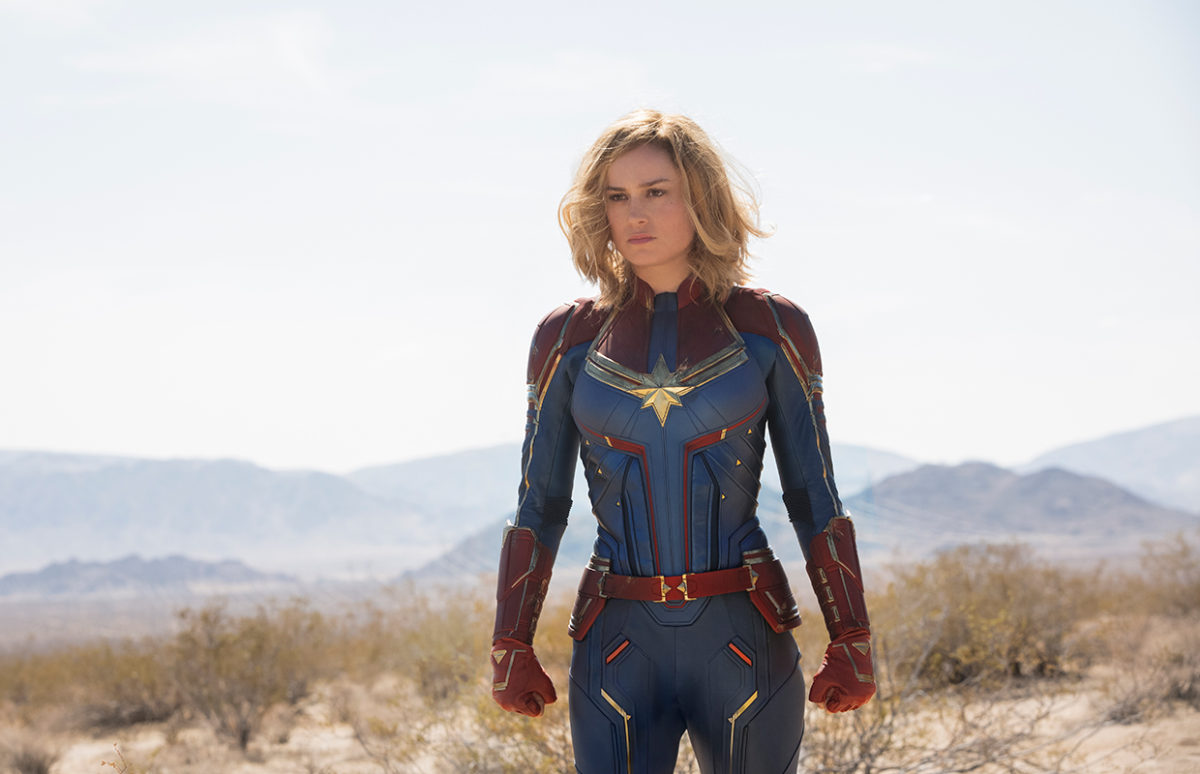If you're working on the theme of heroes, why not take some advice from the late Stan Lee, co-creator of a dizzying number of superheroes for Marvel Comics from Spider-man to the Black Panther and The Fantastic Four.
This TedX Talk Lee gave in 2013 is really clear and can be used from B1, or even A2+. In the section from 2:00 to 3:54, Lee compares superhero stories with fairytales, and explains the importance of giving. your heroes human weaknesses too.
Transcript:
2:00 “Superhero stories today are really like fairytales for grown-ups. The characters are bigger than life, just like in fairytales. They have the same type of superpowers. Some can fly, some are extra-strong, some can be invisible. It gives the viewer and the reader a chance to relive the excitement he or she had when they were young.”2:33
2:42 “To me, the human aspect of superheroes is the most important part. By that I mean, okay, we might assume your superhero might be extra-strong, or might be able to fly or run as fast as a comet. But unless you care about the supehero’s personal life, you’re just reading a shallow story. Just because a person has a superpower doesn’t mean he might not have the same personal problems you or I might have. Maybe he doesn’t have enough money. Maybe he has a family. Maybe the girl he loves doesn’t love him. Or maybe the girl he loves doesn’t want to be involved with a superhero. There are so many things you can think of that round out the character and the personality. A superhero isn’t just one- or two- dimensional. You want a three-dimensional superhero who lives and breathes and worries and experiences things just the way you and I do except for the fact that he or she has a superpower. 3:54
Writing a Comic Like Stan Lee
In the 1950s and 60s, Lee was writing up to 12 stories a week for different monthly comic books. The method he used could be adapted as a great classroom activity.
Lee explained in a 2002 interview, "I had found this system, where I wouldn't write a full script – like the way you would write a screenplay or a television show – but I would discuss the story with the artist. I would tell the artist the story that I was hoping for, and then I told the artist to draw it any way he wanted. When the artwork came in, I would then add the dialogue and the captions.
"I did it just because it was the only way to get the books out and keep all our artists busy, but later on I realized that it was the best way to do it. Our artists were really good at story themselves – they were great visual story tellers – and they would lay it out the way they saw best. Nobody can do layouts better than the artists themselves, so I would get the best of their thinking – and then when the artwork came to me, all I had to do was add dialogue that went as smoothly and perfectly as possible with the drawings that they had drawn. It made it much more enjoyable for me and much more enjoyable for them, and I think it made the stories better."
As a quick activity, why not give pupils a comic strip with the dialogue bubbles blanked out, and ask them to come up with appropriate dialogue? This can be done at any level.
A more complex task in groups or pairs would be to have one partner/group come up with an idea for a story. They then "brief" the artist partner/group. The artist goes away and creates images. This doesn't need any artistic talent. Lee himself started out drawing stick figures. The point is just to imagine how to tell the story visually. How many images does it need? What are the angles? Whose point of view are we seeing things from? If the pupils/you prefer, they could write a description of what they would put in each image. Finally, the writer partner/group tries to add dialogue and/or captions to the images.
Copyright(s) :
Marvel/Disney
> Marvel Superheroes Creator Stan Lee Dies
> The Department of Ability: No Ordinary Superhero Comic





